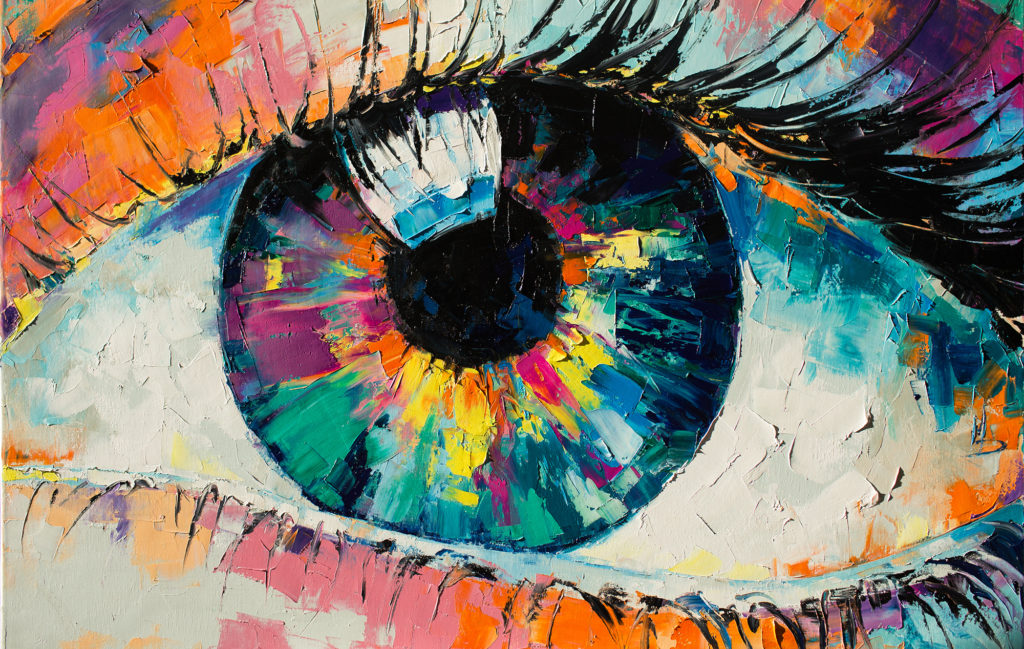Exploring the Diverse Globe of Artistic Expression: From Surrealism to Abstract Realism
In the world of artistic expression, from the dreamlike landscapes of surrealism to the detailed play of light and form in abstract realistic look, musicians have continuously pressed the borders of creativity and creativity. As we discover the complex globe of art, we are presented with a tapestry of styles, techniques, and approaches that test our understanding and provoke consideration.
Surrealism: Releasing the Subconscious
Surrealism, a progressive creative activity of the 20th century, looked into the midsts of the subconscious, unveiling a globe of dream-like imagery and non-traditional associations. Headed by musicians like Salvador Dali, René Magritte, and Joan Miró, Surrealism sought to test the conventional methods of comprehending and seeing art. Through methods such as automatism and desire analysis, Surrealist musicians intended to take advantage of the subconscious mind to reveal surprise realities and needs.
One of the vital components of Surrealism was the focus on the irrational and the uncanny. By incorporating unexpected components in their jobs, Surrealist artists intended to develop a feeling of disorientation and shock in the audience. This disturbance of logic and factor was meant to provoke a much deeper exploration of the subconscious and the enigmas of the human mind.
Abstract Realism: Redefining Understanding
Challenging typical imaginative borders, Abstract Realism redefines understanding via the blend of recognizable components with abstract types. This cutting-edge strategy to art incorporates the representational precision of realistic look with the innovative freedom of abstraction, offering visitors an unique aesthetic experience that triggers them to examine their understanding of reality.
In Abstract Realistic look, musicians aim to record the significance of their subjects while additionally infusing their job with a feeling of deepness and complexity via abstract elements. By blending the acquainted with the strange, these artists welcome target markets to involve with their pieces on multiple degrees, motivating them to explore the subtleties of color, kind, and texture.

Cubism: Fragmentizing Truth
Utilizing fragmented point of views and geometric types, Cubism reinvented the imaginative depiction of fact in the early 20th century. This strategy not just deconstructed reality but additionally emphasized the flatness of the canvas, paving the method for future abstract art movements.

Cubism can be classified into two major phases: Analytical Cubism, defined by single color pattern and intricate, fragmented forms; and Synthetic Cubism, which integrated collection aspects and brighter colors into the make-ups. With these unique stages, Cubism affected not only painting but additionally style, design, and sculpture. trump art. Its influence reverberated across the art world, motivating artists to check out brand-new methods of interpreting and standing for the world around them
Expressionism: Emotions on Canvas
Checking out the depths of human emotions through meaningful and vivid brushstrokes, Expressionism emerged as an extensive artistic activity in the early 20th century. Unlike previous art motions that focused on portraying the outside globe, Expressionism explored the interior world of the musician's psyche, aiming to stimulate raw emotions and provoke visceral reactions from customers.
Expressionist artists, such as Edvard Munch, Egon Schiele, and Emil Nolde, declined standard concepts of charm and realistic look for misshaping form and color to share subjective feelings. The usage of exaggerated brushwork, strong shades, and distorted figures aided create a feeling of worry, alienation, or interest in their works.
Among one of imp source the most well-known instances of Expressionism is Munch's "The Scream," which records the intense stress and anxiety and misery of modern life with its swirling, altered figure versus a blood-red skies. Through their emotionally charged works, Expressionist musicians looked for to challenge traditional imaginative norms and supply a home window right into the turbulent depths of the human spirit.
Contemporary Art: Advancing Perspectives

Among the defining attributes of modern art is its consistent evolution and ability to adapt to altering cultural landscapes. Artists are progressively including modern technology into their practice, obscuring the lines between the physical and digital worlds. This combination of tools enables cutting-edge methods of narration and engaging with audiences in a much more interactive way.
Furthermore, contemporary art typically acts as a system for social commentary, dealing with pushing issues such as identity, politics, and the atmosphere. Musicians are utilizing their work to spark vital discussions and prompt idea, dropping light on the complexities of the globe we reside in. As point of views proceed to evolve, contemporary art remains a dynamic and prominent force in shaping our social landscape.
Verdict
To conclude, the world of creative expression includes a variety of movements and styles, each with its own distinct method to conveying meaning and emotion. From surrealism's expedition of the subconscious to abstract realism's redefining of understanding, and from cubism's fragmentation of reality to expressionism's representation of feelings, art remains to advance and test viewpoints - trump art. Contemporary art shows the ever-changing globe we reside in, providing this content new methods to translate and recognize the intricacies of our reality
As we explore the complex world of art, we are presented with a tapestry of designs, techniques, and viewpoints that challenge our understanding browse around this site and provoke consideration. Its effect reverberated throughout the art world, motivating artists to check out brand-new means of analyzing and standing for the world around them.

Comments on “Revealing the Most Intriguing Trump Art Parts of the Decade”